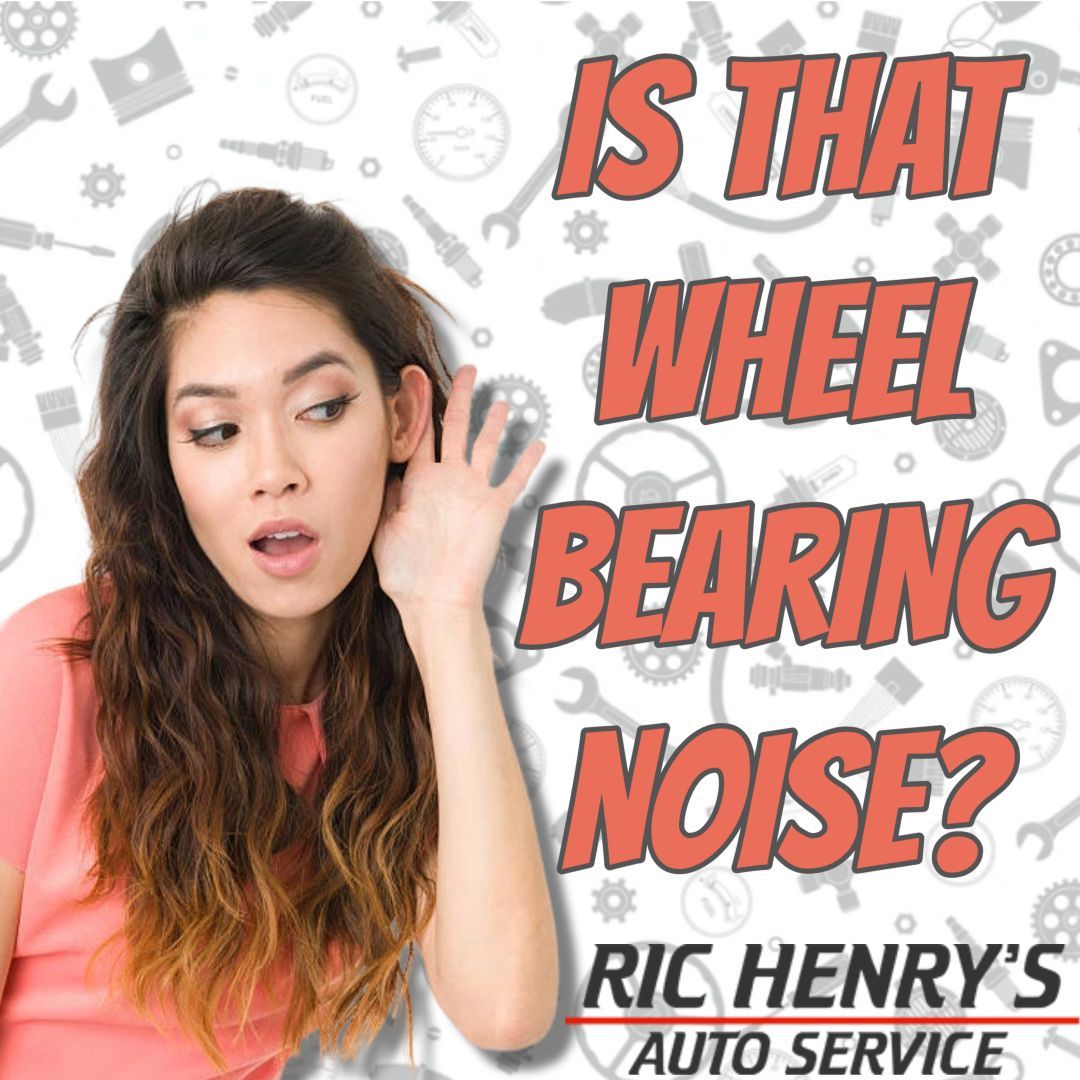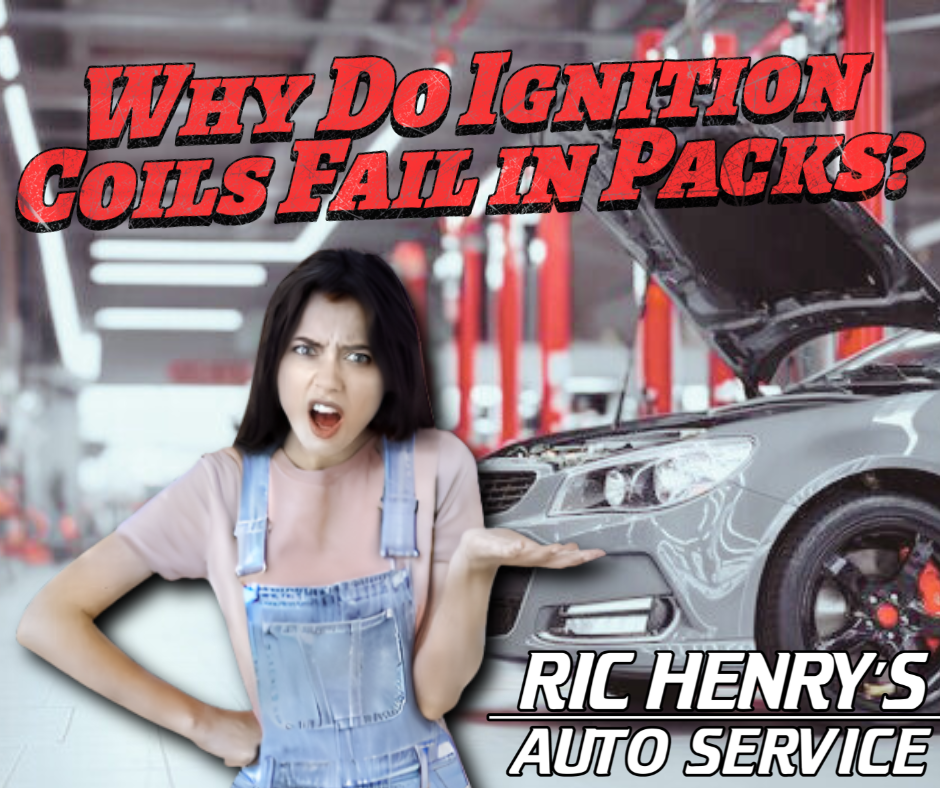Is That a Jet Engine or Your Wheel Bearing?
NaTasha Brand • September 23, 2025
Guide to the Hum, Grumble, and Growl

You’re cruising down the straight, flat expanse of US-67, windows down, enjoying that West Texas sky. But then you hear it. A low, rhythmic hum that seems to be coming from somewhere near your wheels. It gets faster as you accelerate and fades as you slow down. You turn down the George Strait to listen closer. Yep, it’s still there.
What you’re hearing isn’t a new soundtrack for your drive; it’s the sound of a wheel bearing singing its swan song. Let’s break down this noisy nuisance.
What is a Wheel Bearing?
Imagine a super precise, hardened metal donut filled with tiny ball bearings or rollers. That’s your wheel bearing in a nutshell. Its job is deceptively simple but critically important: it allows your wheel to spin freely and smoothly with minimal friction, all while supporting the entire weight of your vehicle.
It’s a masterpiece of engineering that handles immense forces, cornering on Loop 306, hitting a pothole on Chadbourne Street, and the constant load of your truck bed full of… well, gear. It’s a workhorse that demands zero attention until it’s had enough.
The Symphony of Failure: What Does a Bad Wheel Bearing Sound Like?
A failing wheel bearing won’t just suddenly quit; it announces its decline with an auditory performance. Here’s what to listen for:
- The Hum: The most common sound is a low-pitched, consistent hum or drone. It’s a noise you can feel as much as hear, often vibrating through the chassis or steering wheel.
- The Growl: As it wears further, the hum can turn into a deeper growl or rumble, like a cheap monster truck imitation.
- The Grumble on Turns: This is a key diagnostic clue. If the noise gets noticeably louder when you turn left or right, it helps pinpoint which side is bad. (e.g., noise gets worse on a right turn typically means the left bearing is under more load and is the culprit).
- The Click-Clack of Doom: In severe cases, you might hear a clicking or snapping sound, especially at low speeds. This means the bearing is on the verge of complete collapse.
Why You Shouldn't Ignore the Texas-Sized Rumble
Ignoring a noisy wheel bearing is like ignoring a rattlesnake’s warning, it might be fine for a minute, but the outcome is rarely good. Here’s what’s at stake:
- Catastrophic Failure: A wheel bearing can seize completely. When it does, the wheel can literally lock up, causing a sudden loss of control. Alternatively, the entire wheel hub can disintegrate, leading to the wheel… well, let’s just say it decides to part ways with your vehicle at the most inopportune time.
- Collateral Damage: A seized bearing creates massive heat and force that can damage other expensive components like your brake caliper, axle shaft, steering knuckle, or hub assembly.
- Safety First: Ultimately, your wheels are what keep you connected to the road. A failure here isn’t just an inconvenience; it’s a major safety hazard for you, your passengers, and everyone else on the road.
Why This is a Job for the Pros at Ric Henry’s Auto Service
We know the DIY spirit runs deep in Texas. But a wheel bearing replacement is a job that separates the YouTube mechanics from the seasoned pros. Here’s why:
- The Press Fit: Most modern wheel bearings are press-fit into the steering knuckle. This requires a hydraulic press and precise alignment to install the new one without damaging it. Beating it in with a hammer is a surefire way to ruin your new, expensive part before you even drive away.
- Torque to Yield: The axle nut is one of the most critical fasteners on your car. It must be torqued to an exact specification (often over 100 ft-lbs) with a torque wrench. Incorrect torque will lead to premature failure.
- The Whole Kit and Kaboodle: A professional won’t just replace the bearing. They’ll often replace the entire hub assembly, which includes the bearing, ABS sensor ring, and hub, ensuring everything works together seamlessly.
- Safety Check: After replacement, a professional will test drive the vehicle and check for proper operation, ensuring your ABS and traction control systems still function correctly.
Ric Henry’s Auto Service: Your San Angelo Hub for Quiet Rides
That hum isn’t going away on its own. The experienced technicians at Ric Henry’s Auto Service have the professional tools, including presses and torque wrenches calibrated to manufacturer specs, to diagnose which bearing is failing and replace it correctly the first time.
We use quality parts and back all our work with a robust 3-Year/36,000-Mile Warranty, so you can drive the backroads to Christoval or the highway to Midland with confidence and, most importantly, peace and quiet.
Is your car composing a symphony of rumbles, or is it still quieter than a mouse in a church?






Share On: